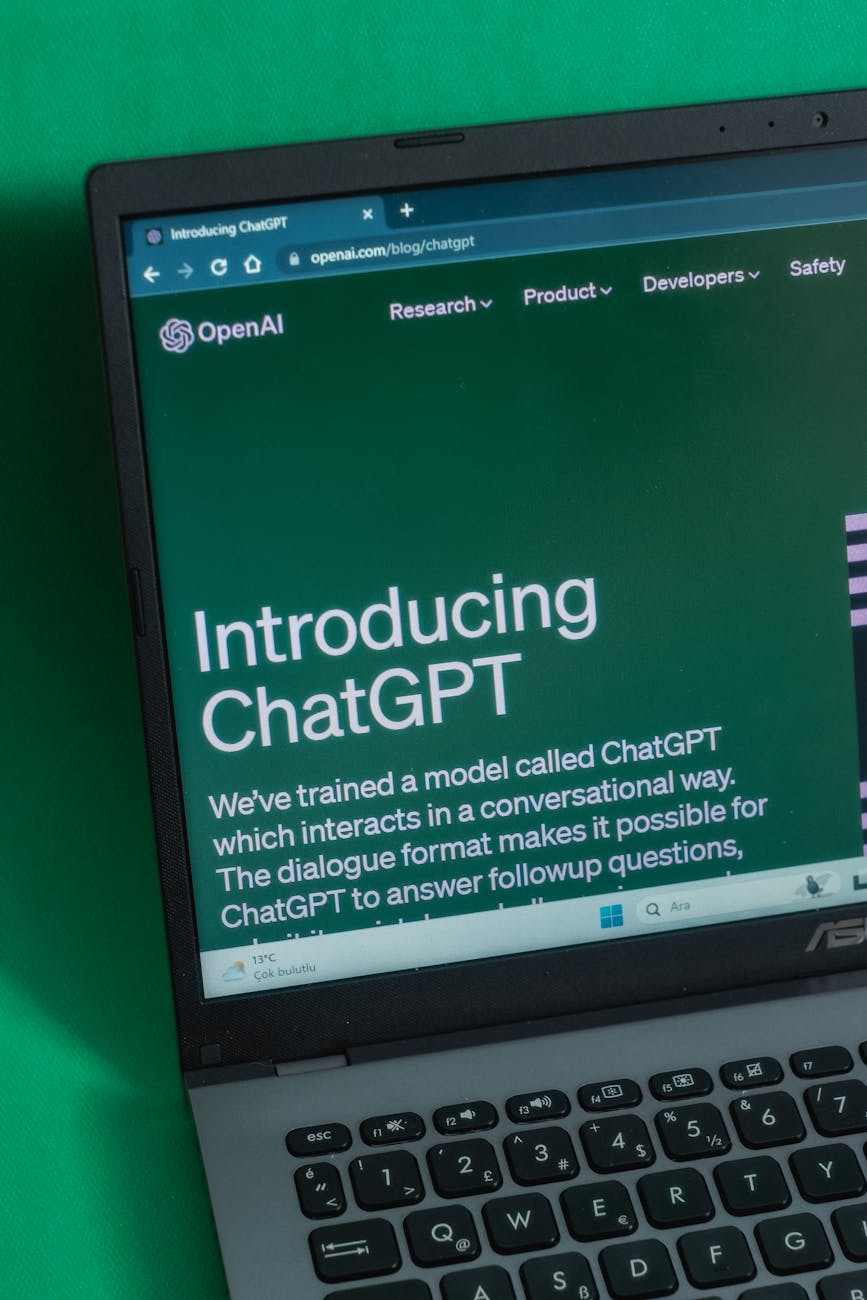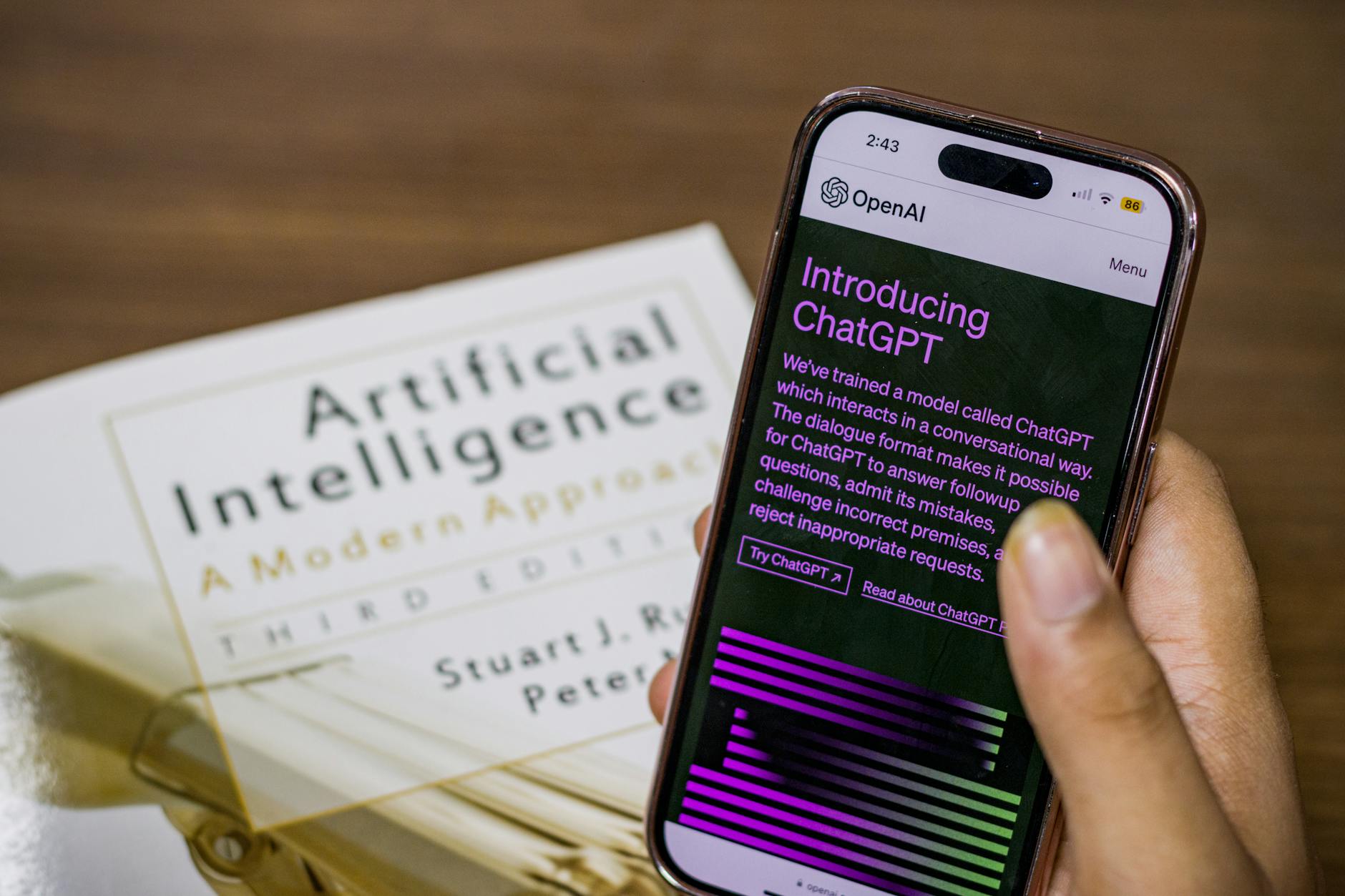A Knight’s Slumber: Unearthing a Medieval Warrior Beneath a Modern Sweet Treat in Poland
Archaeologists Uncover Elaborate Tomb of a Warrior, Possibly the Legendary Lancelot, Beneath a Polish Ice Cream Parlor.
In a discovery that blurs the lines between historical legend and everyday reality, archaeologists in Poland have unearthed the remarkably preserved tomb of a medieval knight, a find so significant it has been likened to the discovery of the legendary Lancelot himself. The warrior, entombed in full military regalia beneath a stone slab adorned with his likeness, was discovered during routine work at a site now occupied by an ice cream shop. This extraordinary find offers a rare glimpse into the lives and burial practices of medieval nobility, sparking intrigue and demanding a closer examination of its historical context and implications.
The discovery, made in the town of Czarnków in western Poland, has captivated historians and the public alike. Initial reports suggest the tomb dates back to the 13th or 14th century, a period of significant political and social change in the region. The tombstone itself is a significant artifact, depicting the knight in a style that suggests he was a figure of considerable importance. The presence of a knightly burial so unexpectedly situated beneath a modern commercial establishment underscores the layers of history that lie hidden beneath our feet, waiting to be revealed by diligent archaeological investigation.
Context and Background: Unearthing Poland’s Medieval Past
Poland’s medieval history is a complex tapestry woven with threads of evolving kingdoms, shifting alliances, and the enduring influence of chivalric culture. The period during which this knight is believed to have lived, the 13th and 14th centuries, was a pivotal era for the Kingdom of Poland. It was a time of consolidation and expansion, but also of internal struggles and external pressures. The Teutonic Knights, a powerful military order, played a significant role in the region, often clashing with Polish rulers and the Teutonic Order’s influence was felt across the land. *(Livescience.com)*
The discovery in Czarnków is particularly noteworthy due to its location. While many significant medieval burials are found in churches or dedicated cemeteries, the placement of this knight’s tomb beneath what is now a bustling ice cream shop suggests a more complex narrative. It’s possible the site was once part of a larger estate, a chapel, or even a private burial ground associated with a noble family’s residence. The specific identification of the knight as potentially being “Lancelot” stems from the visual similarities between the tomb effigy and traditional depictions of the Arthurian knight. Lancelot, the most famous knight of the Round Table, is a figure synonymous with chivalry, courage, and romantic entanglement, a powerful symbol of medieval ideals. *(Livescience.com)*
The medieval burial practices in Poland varied according to social status and the prevailing religious customs. Knights, being members of the warrior aristocracy, were often afforded elaborate burials. These could include interment within sarcophagi, the use of tomb effigies to memorialize the deceased, and the inclusion of personal belongings or symbols of their status. The discovery of the knight in full military regalia on his tombstone aligns with these practices, indicating a person of high standing who wished to be remembered for their martial prowess and identity. The condition of the tomb and the effigy itself are crucial to understanding the level of craftsmanship and the resources available to the family of the deceased. *(Livescience.com)*
The archaeological team responsible for the find, likely from a local or regional institution, would have been meticulously documenting every detail. The process of unearthing such a significant artifact involves careful excavation, preservation techniques to prevent deterioration, and extensive analysis. This could include radiocarbon dating, osteological examination of the remains to determine age, sex, and potential causes of death or injury, and analysis of any accompanying grave goods. The fact that the tomb was found during what might have been routine work, perhaps related to renovations or construction at the ice cream shop, highlights the pervasive nature of historical remains in urban and semi-urban environments. Such discoveries often necessitate a halt to development, allowing for thorough archaeological investigation.
In-Depth Analysis: The Warrior and His Memorial
The centerpiece of this discovery is undoubtedly the tombstone itself, which serves as a visual biography of the entombed individual. The depiction of the knight in “full military regalia” is a powerful statement about his identity and social standing. This regalia would likely include armor, such as a mail hauberk or plate armor, a sword, and potentially other accoutrements of warfare. The quality of the carving and the detail in the effigy can provide insights into the skill of the stonemasons of the era and the economic prosperity of the individual or their family, as such elaborate memorials were costly. *(Livescience.com)*
The potential connection to “Lancelot” is an exciting, albeit speculative, aspect of the discovery. While it is highly unlikely that this is the actual Lancelot of Arthurian legend, given that these stories are largely literary and legendary, the naming convention reflects a popular cultural association. It’s possible that the knight was indeed a renowned warrior in his own right, and perhaps his exploits or reputation led to him being informally referred to or nicknamed “Lancelot” by his contemporaries or later generations. Alternatively, the tomb might have been commissioned by a family with a deep appreciation for Arthurian tales, who chose to honor their ancestor with a name that embodied the ideals they admired. Archaeologists would need to conduct further research, including genealogical records or local chronicles, to ascertain if there is any historical basis for such a connection, however tenuous.
The burial itself, found “underneath” the tombstone, suggests a sarcophagus or a well-constructed grave. The condition of the remains is a critical factor. Medieval knights were often buried with their swords, spurs, and sometimes even their shields, as symbols of their status and profession. The preservation of these items, along with the skeletal remains, can offer invaluable information. For instance, analysis of the bones might reveal evidence of combat injuries, such as healed fractures from sword blows or arrow wounds, providing a tangible link to the knight’s military career. The presence of specific types of armor or weaponry can also help to pinpoint the exact period of the burial and its geographical origin. *(Livescience.com)*
The discovery raises questions about the original purpose and context of the burial site. Was this a parish churchyard, a private chapel attached to a manor house, or perhaps an area designated for fallen warriors after a specific battle? The fact that it was later built over by a commercial establishment suggests a significant passage of time and a shift in the land’s usage, where the memory of the burial site may have faded or the original structures were repurposed or demolished. The continuity of human activity on the same site for centuries, with the layers of history becoming obscured by subsequent construction, is a common theme in urban archaeology. The ice cream shop, a symbol of modern commerce and leisure, now sits atop a monument to a warrior from a distant past, a poignant juxtaposition.
Pros and Cons: Weighing the Significance and Challenges
The discovery of this medieval knight’s tomb presents numerous advantages and some inherent challenges:
Pros:
- Historical Insight: The tomb offers a direct and tangible connection to medieval Polish history, providing invaluable data on burial customs, social hierarchy, and artistic styles of the era.
- Cultural Significance: The potential “Lancelot” association, even if symbolic, taps into enduring cultural narratives of chivalry and heroism, sparking public interest in history and archaeology.
- Preservation of Artifacts: The discovery of a knight in full regalia suggests that significant artifacts may have survived, offering a detailed understanding of medieval military equipment and personal adornments.
- Educational Value: Such finds are powerful educational tools, allowing for hands-on learning experiences for students and the public about the medieval period.
- Tourism and Local Economy: Significant archaeological finds can become tourist attractions, potentially boosting the local economy of Czarnków.
Cons:
- Preservation Challenges: Once excavated, artifacts and remains require careful and often costly preservation to prevent degradation, especially if they have been exposed to the elements or unusual environmental conditions.
- Disruption to Commerce: The ongoing archaeological work will inevitably disrupt the operations of the ice cream shop and potentially other nearby businesses, leading to economic losses for the owners.
- Speculation vs. Fact: The “Lancelot” moniker is likely speculative and could overshadow more concrete historical analysis if not carefully managed, potentially leading to misinformation.
- Resource Allocation: Archaeological investigations require significant funding and expertise, which may strain local resources.
- Ethical Considerations: The excavation and display of human remains raise ethical questions that must be addressed with sensitivity and respect for the deceased.
Key Takeaways
- Archaeologists in Czarnków, Poland, have discovered the tomb of a medieval knight, potentially dating to the 13th or 14th century.
- The tombstone features an effigy of the knight in full military regalia, indicating his high social status.
- The burial site was found beneath an ice cream shop, highlighting the layered history of urban landscapes.
- The nickname “Lancelot” has been associated with the find due to similarities in the effigy’s depiction, though this is likely a symbolic or informal appellation rather than a literal identification.
- The discovery offers a rare opportunity to study medieval burial practices, military attire, and the lives of the warrior elite in Poland.
- Preservation of excavated materials and potential disruption to local businesses are key considerations arising from the find.
Future Outlook: Continued Research and Public Engagement
The discovery in Czarnków is just the beginning of a long and detailed process of investigation and interpretation. Future archaeological work will likely focus on several key areas. Firstly, a thorough analysis of the skeletal remains and any associated grave goods will be paramount. This will involve scientific dating techniques, osteological studies, and the identification of any weaponry, armor, or personal items that can shed light on the knight’s life, profession, and social standing. *(Livescience.com)*
Secondly, historical research will be crucial to contextualize the find. This could involve delving into local archives, church records, and manorial accounts to identify the knight or the family who commissioned his tomb. Understanding the history of the specific site in Czarnków, including any previous structures or events that may have occurred there, will be vital in piecing together the narrative. The potential connection to Lancelot, while sensational, will need to be treated with academic rigor; it may lead to investigations into whether local folklore or historical figures bore similar names or epithets.
Furthermore, the preservation and potential public display of the artifacts and the tomb itself will be a significant undertaking. Depending on their condition, these findings could become a valuable asset for a local museum or heritage site, offering a tangible link to Poland’s medieval past. Public engagement through exhibitions, educational programs, and accessible reporting will be essential to share the significance of this discovery with a wider audience and to foster a greater appreciation for the historical layers that lie beneath our modern world. The delicate balance between preserving the integrity of the historical site and allowing for continued commercial activity will also need to be carefully managed.
Call to Action: Supporting the Preservation of History
Discoveries like this medieval knight’s tomb are powerful reminders of the rich history that lies beneath our feet. They underscore the importance of archaeological research and the need for ongoing support for cultural heritage preservation. As this remarkable find from Czarnków is studied and its story unfolds, there are ways individuals and communities can engage and contribute:
- Stay Informed: Follow updates from the archaeological team and relevant historical societies to learn about the ongoing research and findings.
- Support Local Museums: Consider visiting and supporting local museums in Poland that may eventually house or display artifacts from this discovery, or similar historical treasures.
- Advocate for Heritage: Support organizations and initiatives dedicated to the preservation of historical sites and archaeological research in Poland and globally.
- Educate and Share: Share information about significant discoveries like this to foster public awareness and appreciation for history.
- Respectful Engagement: Approach historical discoveries with a sense of curiosity and respect for the past, understanding that these are not just objects, but remnants of human lives.
The unearthed knight beneath the ice cream shop is more than just an archaeological find; it’s a bridge to a bygone era, a testament to human endeavor, and a story waiting to be fully told. By staying engaged and supportive, we can all play a part in ensuring that such invaluable pieces of our collective past are understood, preserved, and celebrated for generations to come.









